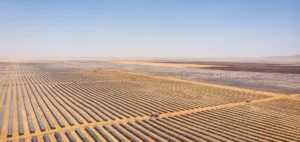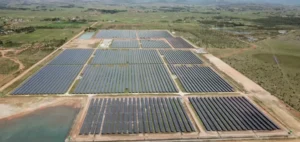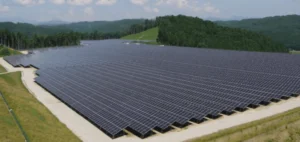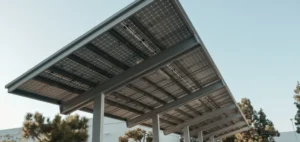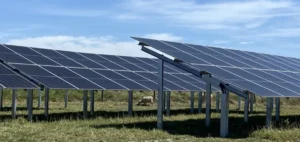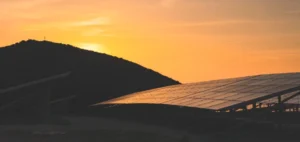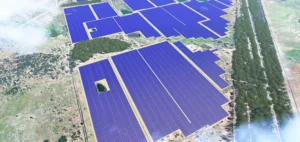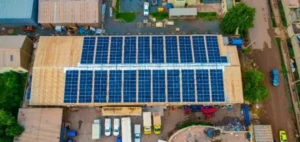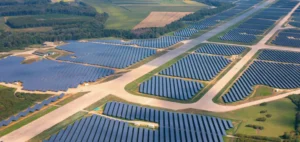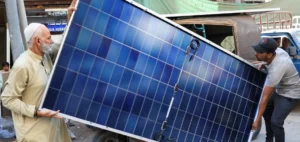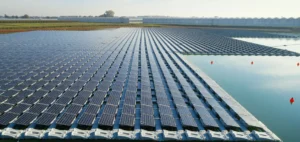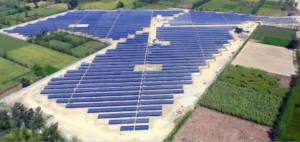Imerys, in partnership with TotalEnergies ENEOS, has deployed a 1-megawatt-peak (MWp) photovoltaic system on the roof of its calcium carbonate production facility in Ipoh, Malaysia. This project marks the company’s first solar installation in Southeast Asia, following a similar project in Wuhu, China, in December 2024.
The photovoltaic system, consisting of nearly 1,800 solar panels, is designed to produce approximately 1,400 megawatt-hours (MWh) of renewable electricity annually, thus reducing annual CO2 emissions by 790 tons. This emission reduction is equivalent to planting more than 11,850 trees, highlighting the environmental impact of the project in industrial production.
Partnership with TotalEnergies ENEOS
The project was made possible through a partnership with TotalEnergies ENEOS, which financed, installed, and now manages the photovoltaic system. Imerys, for its part, will purchase the electricity produced under a 25-year power purchase agreement (PPA), allowing the company to reduce its energy costs without making an initial investment. This contractual model also allows Imerys to minimize operational risks associated with managing such infrastructure.
Prasanna Karandikar, Industrial Director at Imerys Performance Minerals APAC, emphasized that this project is part of Imerys’ global commitment to reduce its Scope 1 and 2 emissions by 42% by 2030, compared to 2021 levels. He also noted that this project in Ipoh represents a key step in the company’s energy transition for the Asia-Pacific region.
Imerys’ Emission Reduction Goals
As part of its decarbonization strategy, Imerys plans to multiply such initiatives in the Asia-Pacific region. Similar projects are being considered at other production sites, including Wuhu, to accelerate the energy transition of its operations. This shift toward sustainable energy sources is designed not only to reduce the company’s carbon footprint but also to offer products with an improved ecological profile, thus meeting the growing demand from consumers and regulators.
Future Prospects of the Partnership
Alexandru Buzatu, Director of TotalEnergies ENEOS Renewables Distributed Generation Asia Pacific, highlighted the importance of this partnership, stating that the goal is to support Imerys in its decarbonization journey while providing cost-effective energy solutions. The partnership model between the two companies is expected to be expanded to other projects in the region, according to both parties’ forecasts.




